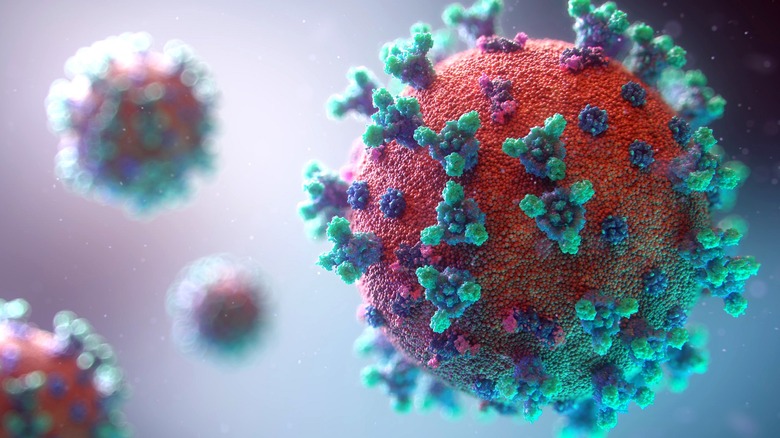Researchers Just Discovered An Entirely New Class Of Life Living Inside Humans
The human body is an amazing, curious, and disgusting thing. At any given moment, millions of tiny lifeforms are making their way across your body—both inside and out. And now, researchers say they've discovered an entirely new class of life within the human body, the digestive system, to be exact. These new life forms are called Obelisks, and researchers say that they first believed they might be viruses.
However, after studying them a bit more in-depth, the researchers believe that while they appear similar to viruses in some ways, they do not have any detectable sequences or even structural similarities to other known biological agents that we have encountered. So, if they are viruses, they're something entirely new.
However, the chances of this new class of life within the human body being a virus are slim, especially since the researchers say they have so far identified at least 30,000 different Obelisks. Further, they appeared in roughly 10 percent of the human microbiomes that the team examined while working on a preprint paper. This, the researchers say, supports the idea that Obelisks might include colonists of these different microbiomes.

Exactly where these Obelisks come from, though, is still very unclear. Researchers are still unsure exactly what might play "host" to these different pieces of genetic material. However, they all seem to include codes for a new protein class that the researchers have begun to call Oblins.
Instructions for building these proteins appear to take up at least half of the genetic material found in this new class of life. Additionally, the researchers say that the ability to code for proteins makes the Obelisks much different from other known RNA loops, like viroids.
However, they also don't seem to have the genetic makeup to create the protein shells that RNA viruses are known for—including COVID-19—which allows the viruses to live when they are outside of their cells. The researchers' paper is available on the preprint server bioRxiv, and further peer review is needed to determine the true value of these findings.
